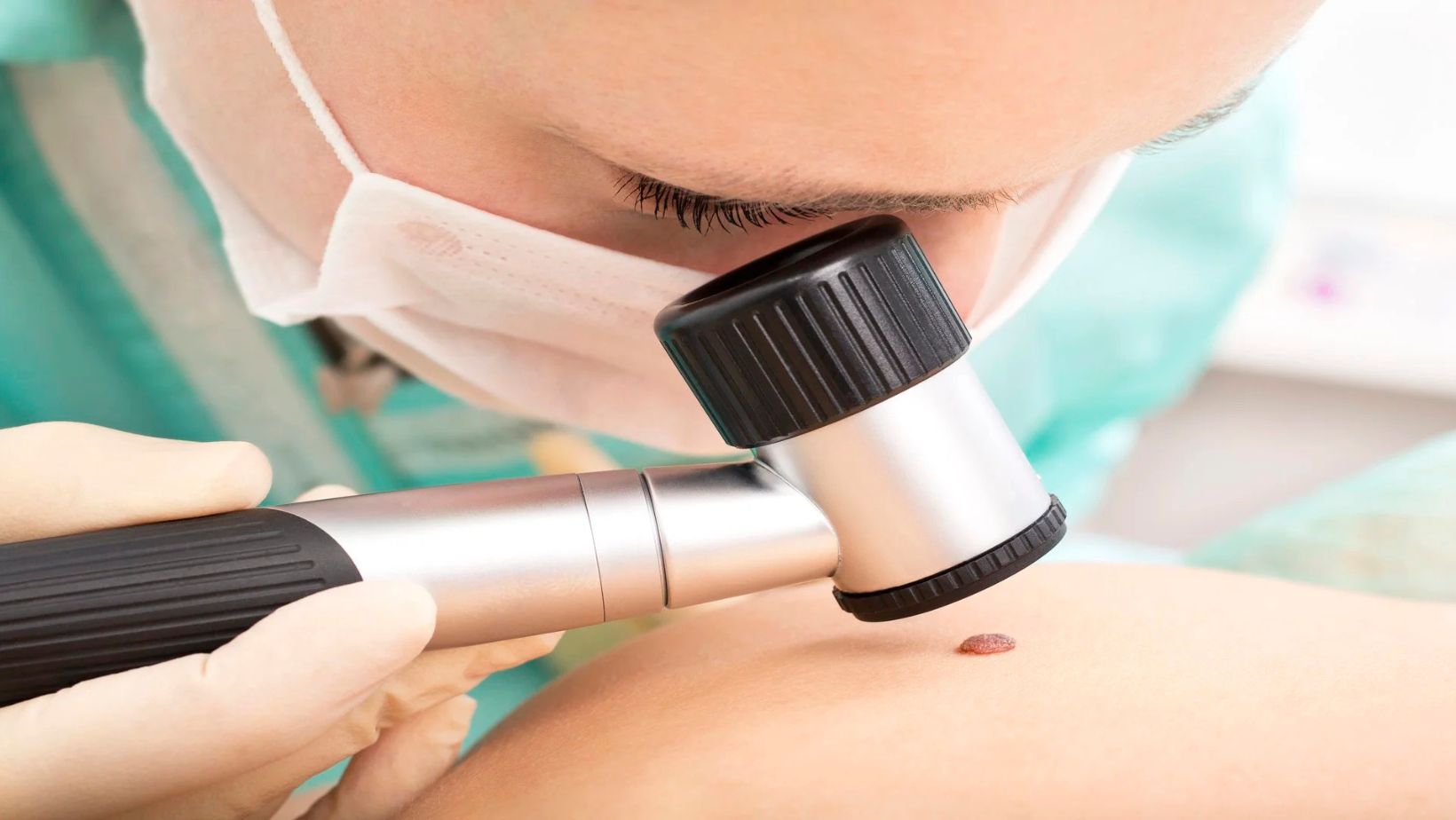A groundbreaking study led by NYU Langone Health and its Perlmutter Cancer Center revealed that telemedicine could be crucial in detecting skin cancer, particularly in underserved communities. Using a system called SpotCheck, specialists analyzed images of skin lesions remotely. This achieved diagnostic accuracy rates comparable to in-person dermatologist visits.
SpotCheck: A Game-Changing Tool for Skin Cancer Detection

The system, known as SpotCheck, enables specialists to examine suspicious skin growths using dermoscopy. This technique uses a magnifying lens and a specialized camera to look beneath the skin’s surface. In the study, researchers evaluated dermoscopic images of 375 lesions submitted by concerned patients. These were analyzed remotely by skin cancer specialists who were 91% accurate in their diagnoses. For comparison, dermatologists performing in-person evaluations achieved a slightly higher accuracy rate of 93%.
Remarkably, both groups of specialists identified 11 out of 13 cases of skin cancer, including two melanomas, based solely on images. The findings, published in the Journal of the American Academy of Dermatology on Nov. 9, suggest that teledermatology systems like SpotCheck could significantly improve early detection rates for melanoma—a form of skin cancer that kills over 8,000 Americans annually.
Improving Access to Care in Underserved Communities
This new technology could impact individuals in lower-income areas with limited dermatologist access. Dr. David Polsky, the study’s senior author, highlighted that melanoma is often diagnosed too late in these communities, leading to worse outcomes.
“Teledermoscopy platforms like SpotCheck allow community health workers to collect images and send them to specialists for review,” Polsky explained. This approach could help patients avoid expensive referrals for benign lesions while ensuring that dangerous skin cancers are identified early.
The study participants—147 men and women who responded to newspaper ads—strongly supported the new system. Nearly 90% were satisfied with their telemedicine experience, and one-fifth of respondents preferred it over in-person appointments.
Next Steps for SpotCheck
While promising, SpotCheck is not meant to replace comprehensive skin checks. The tool is designed to assess specific skin concerns and was limited to three lesions per patient in the study. However, researchers believe the system could be deployed in community centers, pharmacies, and walk-in clinics, making it easier for people to get a quick and reliable assessment of skin blemishes.
The research phase will focus on identifying neighborhoods with higher rates of late-stage melanoma for potential deployment of the system. Funded by the Melanoma Research Alliance and other organizations. SpotCheck could be pivotal in reducing diagnostic disparities and improving outcomes for skin cancer patients nationwide.
As telemedicine continues to evolve, tools like SpotCheck show that advanced technology can help close the gap in healthcare access while maintaining high standards of care.
Reference; Jenne P. Ingrassia, Shirin Bajaj, Avani Kolla, Vivienne Li, Payal Shah, Nicholas Gulati, Maressa C. Criscito, Yiping Xing, Adriana Lopez, Duy C. Tran, Vignesh Ramachandran, Efe Kakpovbia, Shane Meehan, Yongzhao Shao, Kristen Lo Sicco, Emily C. Milam, Amy K. Bieber, Amanda Levine, Tracey N. Liebman, Jennifer A. Stein, David Polsky. SpotCheck: A Skin Cancer Diagnostic Accuracy Study Comparing Teledermoscopy with and without Electrical Impedance Spectroscopy to In-Person Dermatologist Evaluation of Patient-Identified Lesions Concerning them for Skin Cancer. Journal of the American Academy of Dermatology, 2024